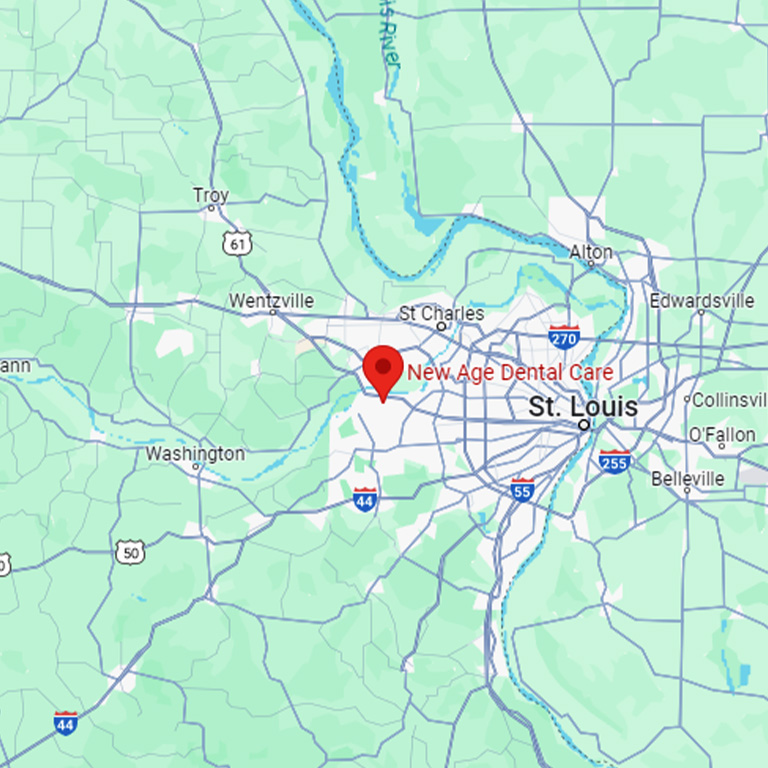Dental Crowns and Bridges
 Dental Crowns and Bridges are common restorative dental procedures Dr. Jenny Kardaris performs at New Age Dental Care. While crowns help to preserve natural teeth, bridges replace teeth lost to dental disease or facial trauma.
Dental Crowns and Bridges are common restorative dental procedures Dr. Jenny Kardaris performs at New Age Dental Care. While crowns help to preserve natural teeth, bridges replace teeth lost to dental disease or facial trauma.
Dental Crowns
People need a dental crown for a variety of reasons, including the following:
- Covering for a dental implant
- Cracked or broken tooth repair
- Extensive tooth decay that Dr. Kardaris cannot treat with a typical dental filling
- Protection for a tooth that has received a root canal
- Strengthening a weak or worn tooth
Crowns may consist of porcelain, resin, or metal and can last up to 15 years with proper attention to oral healthcare.
Alternatively known as a dental cap, a dental crown fits securely over a tooth to protect it for any of the above reasons. Before placing a crown over your tooth, Dr. Kardaris must remove some tooth enamel to ensure a tight fit. She also reshapes the tooth into a wide point, another necessary step before applying adhesive material to the tooth and then the crown. The process sometimes requires her to add filling material to give the remaining portion of your tooth additional bulk.
Obtaining a dental crown requires two dental visits. During the first session, Dr. Kardaris removes tooth enamel and builds up teeth if necessary. She then takes several impressions of your teeth with a digital camera or by using putty-like material. Our laboratory receives the impressions, and a technician crafts a customized crown that Dr. Kardaris places on your next visit. You will receive a temporary crown in the meantime.
Two to three weeks later, you return to our dental practice to have the temporary crown removed and the permanent crown installed. Dr. Kardaris always checks your new crown’s color, shape, and fit before proceeding.
Dental Bridges
Dental bridges are available in four designs: cantilever, implant-supported, Maryland, and traditional.
Cantilever
A dental crown holds a false tooth known as a pontic in place with a dental crown attached to only one abutment. The term abutment refers to the piece that connects the pontic to an implant screw that sits underneath the gumline.
Implant-Supported
This type of bridge relies on dental implants rather than porcelain or metal frameworks or crowns. The implant screw underneath your gumline and the abutment hold the bridge in place.
Maryland
A Maryland dental bridge consists of a pontic held in place by brackets that adhere to the back of the natural teeth on both sides of the missing one. You can only have a Maryland bridge placed if you have natural teeth that are strong enough to support the porcelain or metal brackets on the back of the teeth.
Traditional
The standard dental bridge includes a false tooth secured in place by a crown that Dr. Kardaris has cemented onto an abutment. This is the most common type of dental bridge.
Please reach out to New Age Dental Care if you have additional questions about crowns and bridges in Chesterfield, MO, or would like to schedule an appointment.

